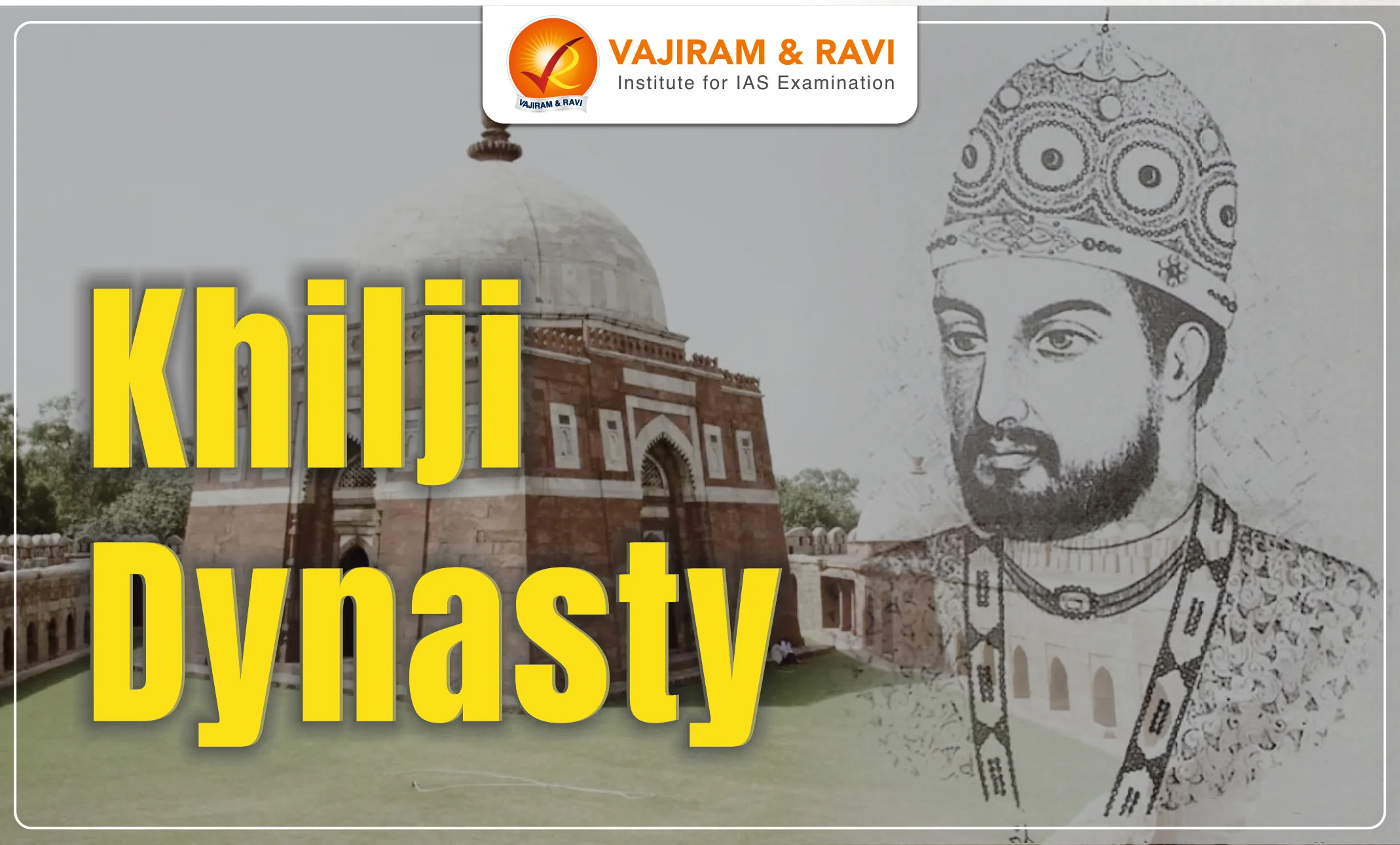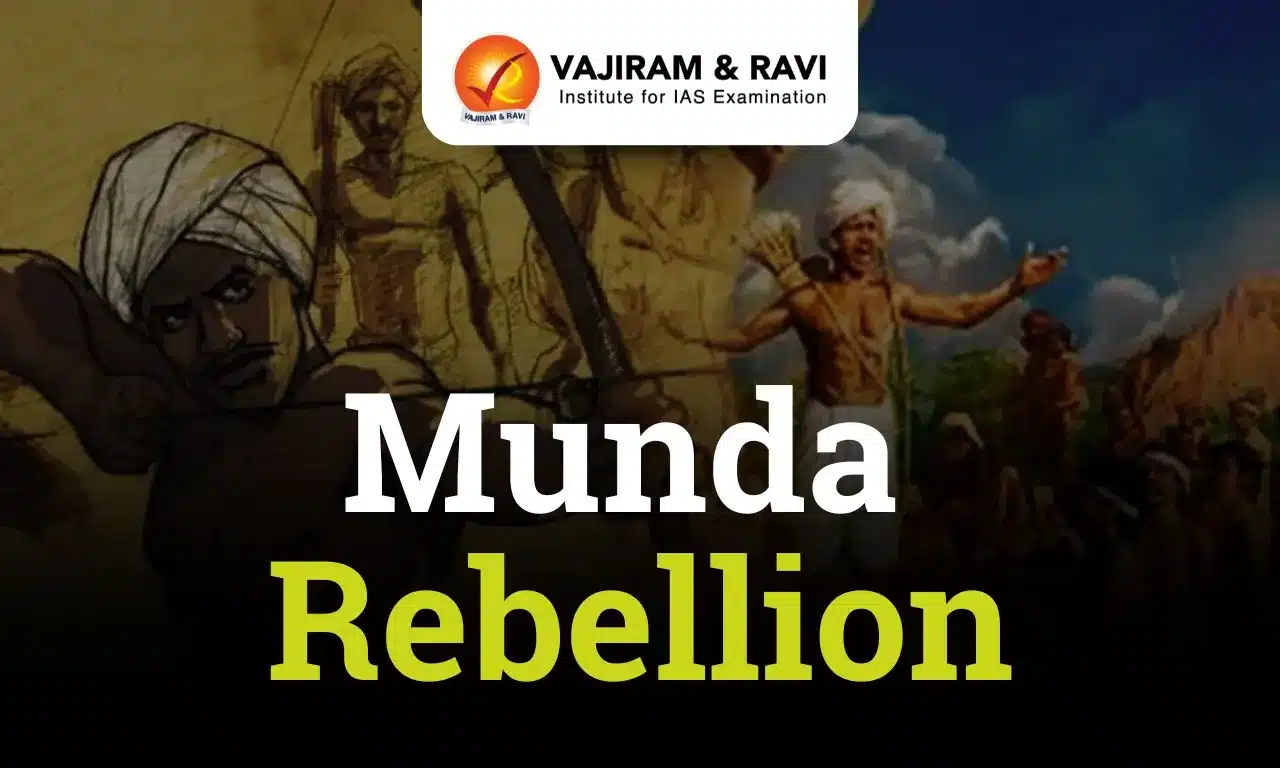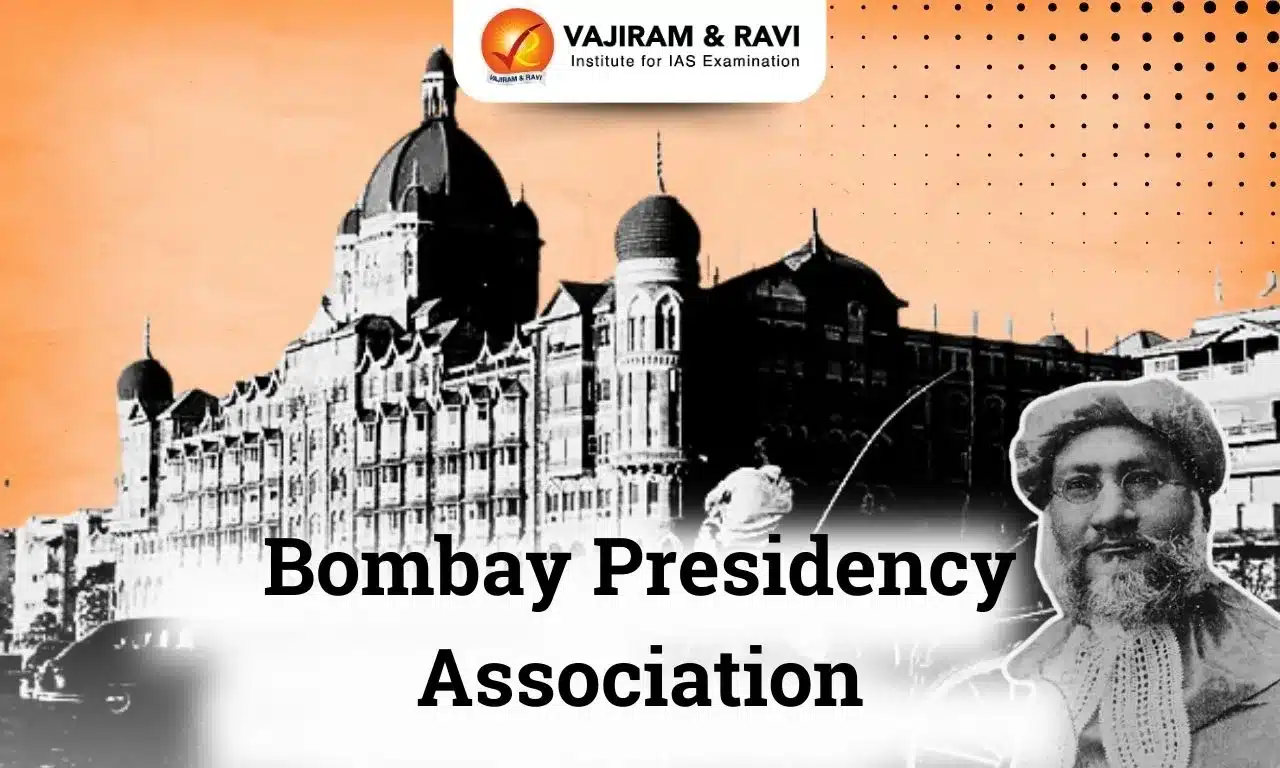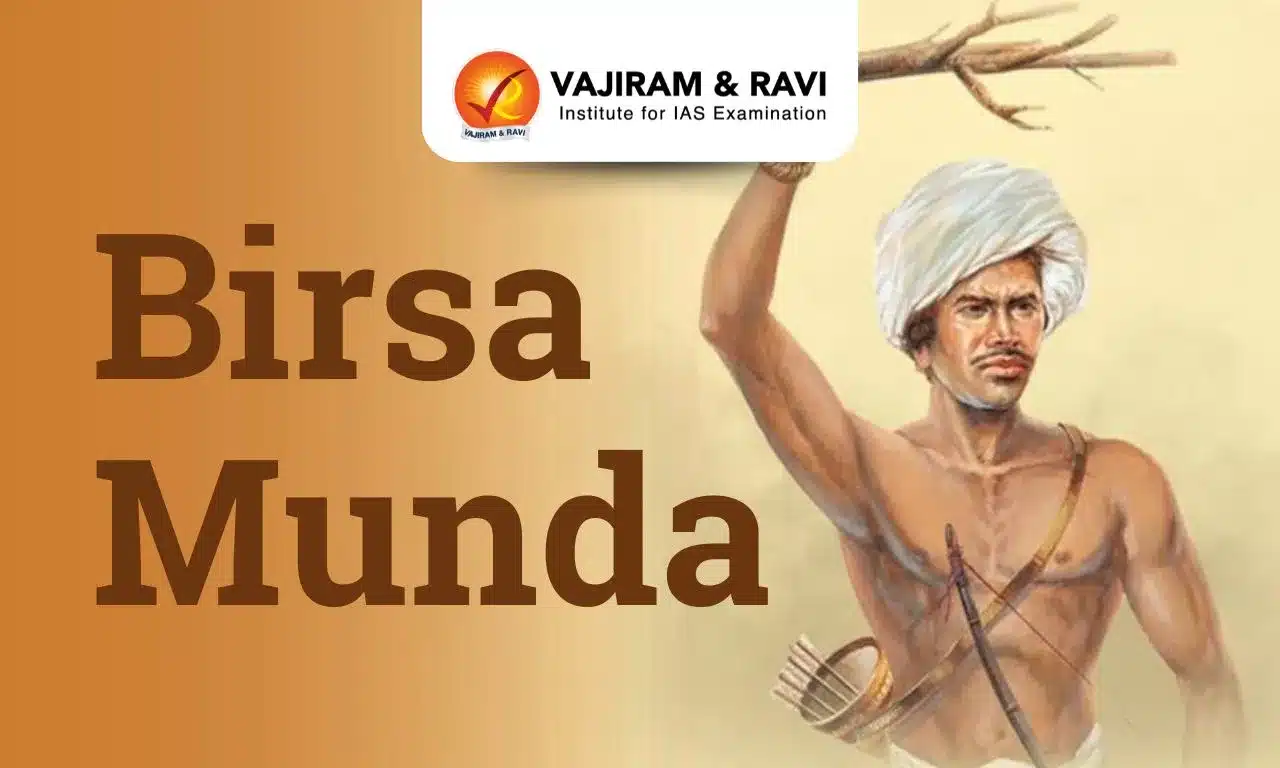Khilji Dynasty (1290–1320) marked a significant phase in Delhi Sultanate history, with Alauddin Khilji being its most powerful ruler. Known for his military conquests and administrative reforms, he expanded the empire and strengthened its economy. However, the period also saw a decline in art and architecture, as Alauddin prioritized military expansion over cultural patronage.
Unlike earlier dynasties, which promoted grand structures, the Khilji era saw fewer artistic developments. This decline reflected a shift in priorities, emphasizing power and defence over artistic and architectural advancements.
Khilji Dynasty Overview
Khilji Dynasty (1290–1320 C.E.) was the second ruling dynasty of the Delhi Sultanate, founded by Jalaluddin Khilji in 1290 C.E. It marked a shift from Turkish to Afghan rule and is known for military expansion, administrative reforms, and economic policies.
Khilji Dynasty Jalaluddin Khalji
Jalaluddin Khilji (1290–1296 C.E.) was the founder of the Khilji Dynasty, overthrowing the Mamluks in 1290 C.E. He followed a policy of mildness and tolerance, aiming to rule with the willing support of the governed.
- Military Success & Mongol Diplomacy: He halted Mongol invasions (1292) and sent embassies to Delhi. His victories were commemorated in Miftah al-Futuh by Amir Khusrau.
- Governance & Policies: Jalaluddin Khilji sought to soften Balban’s harsh rule and avoided severe punishments, even for rebels. He emphasized that India, with its Hindu majority, could not be a purely Islamic state.
- Death & Succession: His nephew and son-in-law, Alauddin Khilji, governor of Kara, raided Devagiri and later assassinated Jalaluddin in 1296 C.E. to seize the throne.
Khilji Dynasty Alauddin Khalji
Alauddin Khilji, the most powerful ruler of the Khilji Dynasty, ascended the throne in 1296 C.E. after assassinating his uncle, Jalaluddin Khilji. His reign was marked by military conquests, administrative reforms, and economic regulations.
- Mongol Invasions: Successfully repelled multiple Mongol invasions, strengthening Delhi’s defence.
- Revenue Reforms: Increased land tax, confiscated jagirs of nobles, and centralized administration to weaken aristocratic power.
- Abolition of Iqta System: Restricted hereditary land grants, ensuring greater control over revenue collection.
- Policy of State Control: Banned wine and social gatherings to curb rebellions and maintain discipline among the nobles.
Military Reforms
Alauddin was the first Sultan to establish a large permanent standing army, which he paid for with cash from the royal treasury. He established an innovative Chehra and Dagh System, in which the Chehra (full description of each soldier) and Dagh (Horse branding) were preserved.
- Military Expansion: He conquered Gujarat, Ranthambore, Chittor, Malwa, and Deccan, making him the first Delhi Sultan to expand southward.
Market Reforms
Market reforms by Alauddin Khilji wanted to maintain a large army; he, therefore, lowered and fixed the price of the commodities of daily use. Alauddin Introduced strict price control measures, set up separate markets for grains, cloth, and horses, and regulated trade under the supervision of Shahna-i-Mandi.
- Three Markets in Delhi: Alauddin Khilji established separate markets for different commodities to control the prices:
- Grain Market (Mandi)
- Cloth Market (Sarai Adl)
- Market for Horses, Slaves, and Cattle
- Market Regulation: A superintendent (Shahna-i-Mandi) was appointed, assisted by an intelligence officer to enforce price control.
- Surveillance System: Daily reports were received from Barid (intelligence officers) and Munhiyans (secret spies) to ensure compliance.
- Diwan-i-Riyasat: A separate department under Naib-i-Riyasat was created to regulate merchants, all of whom were registered.
- Horse Market Control: Horse dealers and brokers (Dalals) were prohibited from purchasing horses in Delhi to maintain low prices.
Alauddin Khilji died in 1316 C.E., after which his empire weakened due to political instability, leading to the dynasty’s downfall in 1320 C.E.
Khilji Dynasty Art and Architecture
Art and Architecture of the Khilji Dynasty (1290–1320 C.E.) left a lasting impact on Delhi’s architectural landscape, blending Indo-Islamic and Persian influences. Their structures reflected both grandeur and strategic utility, emphasizing fortifications, mosques, water reservoirs, and gateways.
Siri
Siri, built around 1303 C.E., was the second of Delhi’s seven medieval cities. A prosperous and flourishing urban centre, it housed royal palaces, bustling markets, and remarkable buildings. The most famous among them was Qasr-i-Hazar Satur, Alauddin Khilji’s palace, known for its impressive number of pillars.
Alai Minar
Alai Minar (Delhi), located within the northern boundaries of the Qutub complex, was commissioned by Alauddin Khilji in 1311 C.E. with the ambitious plan of constructing a minar twice the height of the Qutub Minar. However, the construction came to a halt after the Sultan died in 1316 C.E., leaving only the first storey completed. Today, the structure remains as the unfinished Alai Minar, a towering mound of rubble masonry, reflecting the unfulfilled vision of its creator
Alai Darwaza
Alai Darwaza in Delhi is an exquisite example of Indo-Persian architecture, constructed using red sandstone and marble. Built as the primary gateway for the ambitious expansion of the Quwwat-ul-Islam Mosque, it stands on a high plinth with a cubical structure. The gateway features a broad, bulging dome with a central knob, resting on distinctive horse-shoe-shaped arches. While the dome itself remains unadorned, the rest of the structure is intricately carved with geometric patterns and artistic Arabic inscriptions, showcasing the remarkable craftsmanship of the era.
Jamaat-Khana Mosque
Jamaat-Khana Mosque in Delhi was built by Khizr Khan, son of Alauddin Khilji, and is one of the earliest mosques designed entirely on Islamic principles. Located west of Saint Nizamuddin Auliya’s tomb, it features three adjoining compartments, each with a broad arched entrance on its six facades. The original structure, made of red sandstone, was later expanded by the Tughlaqs using plastered rubble. Its walls are beautifully adorned with geometric motifs and Quranic inscriptions, reflecting the artistic finesse of the period.
Hauz-i-Alai
Built in 1305 C.E., Hauz-i-Alai (Delhi) was a large water tank in the city of Siri, enclosed by masonry walls and spanning 70 acres. Filled with rainwater during the monsoon, it served as a vital water source for the city’s inhabitants.
Madrasa and Tomb of Alauddin Khilji
Built in 1315 C.E., the tomb of Alauddin Khilji was uniquely integrated within the Madrasa (Delhi), marking the first instance in India where a tomb and Madrasa (school) were combined. Inspired by the Saljuqian traditions of the 11th–12th century C.E., the structure was designed in an L-shape around a quadrangular courtyard, showcasing an innovative architectural approach of its time.
Decline of Khilji Dynasty
The Khilji Dynasty, which reached its peak under Alauddin Khilji, declined rapidly after he died in 1316 C.E. due to weak successors, internal strife, and court conspiracies.
- Death of Alauddin Khilji (1316 C.E.): His passing led to instability, as his trusted general, Malik Kafur, briefly took control but was soon overthrown.
- Short-lived Successors: Qutbuddin Mubarak Shah ascended the throne but faced rebellions in Deogir, which he harshly suppressed. However, he was later murdered, leading to further turmoil.
- Khusro Khan’s Rule: After killing Mubarak Shah, Khusro Khan took power but faced resistance from discontented nobles.
- Tughlaq Takeover (1320 C.E.): Ghiyasuddin Tughlaq led a revolt, defeated Khusro Khan in battle, and established the Tughlaq Dynasty, marking the end of Khilji rule just four years after Alauddin’s death.
PYQs on Khilji Dynasty
Question 1: Examine critically the agrarian and economic reforms of Alauddin Khalji. How did it strengthen the Sultanate? (UPSC Mains 2011)
Question 2: With reference to Indian history, consider the following statements: (UPSC Prelims 2022)
- The first Mongol invasion of India happened during the reign of Jalal-ud-din Khalji.
- During the reign of Ala-ud-din Khalji, one Mongol assault marched up to Delhi and besieged the city.
- Muhammad-bin-Tughlaq temporarily lost portions of the north-west of his kingdom to Mongols.
Which of the statements given above is/are correct?
- 1 and 2
- 2 only
- 1 and 3
- 3 only
Answer: (b)
Last updated on July, 2025
→ UPSC Notification 2025 was released on 22nd January 2025.
→ UPSC Prelims Result 2025 is out now for the CSE held on 25 May 2025.
→ UPSC Prelims Question Paper 2025 and Unofficial Prelims Answer Key 2025 are available now.
→ UPSC Calendar 2026 is released on 15th May, 2025.
→ The UPSC Vacancy 2025 were released 1129, out of which 979 were for UPSC CSE and remaining 150 are for UPSC IFoS.
→ UPSC Mains 2025 will be conducted on 22nd August 2025.
→ UPSC Prelims 2026 will be conducted on 24th May, 2026 & UPSC Mains 2026 will be conducted on 21st August 2026.
→ The UPSC Selection Process is of 3 stages-Prelims, Mains and Interview.
→ UPSC Result 2024 is released with latest UPSC Marksheet 2024. Check Now!
→ UPSC Toppers List 2024 is released now. Shakti Dubey is UPSC AIR 1 2024 Topper.
→ Also check Best IAS Coaching in Delhi
Khilji Dynasty FAQs
Q1. Who was the founder of the Khilji dynasty?+
Q2. Who were the three rulers of the Khilji dynasty?+
Q3. Who is known as the 2nd Alexander?+
Q4. Who was Ghazi Malik?+
Q5. Who defeated the Khilji dynasty?+
Tags: khilji dynasty quest




















